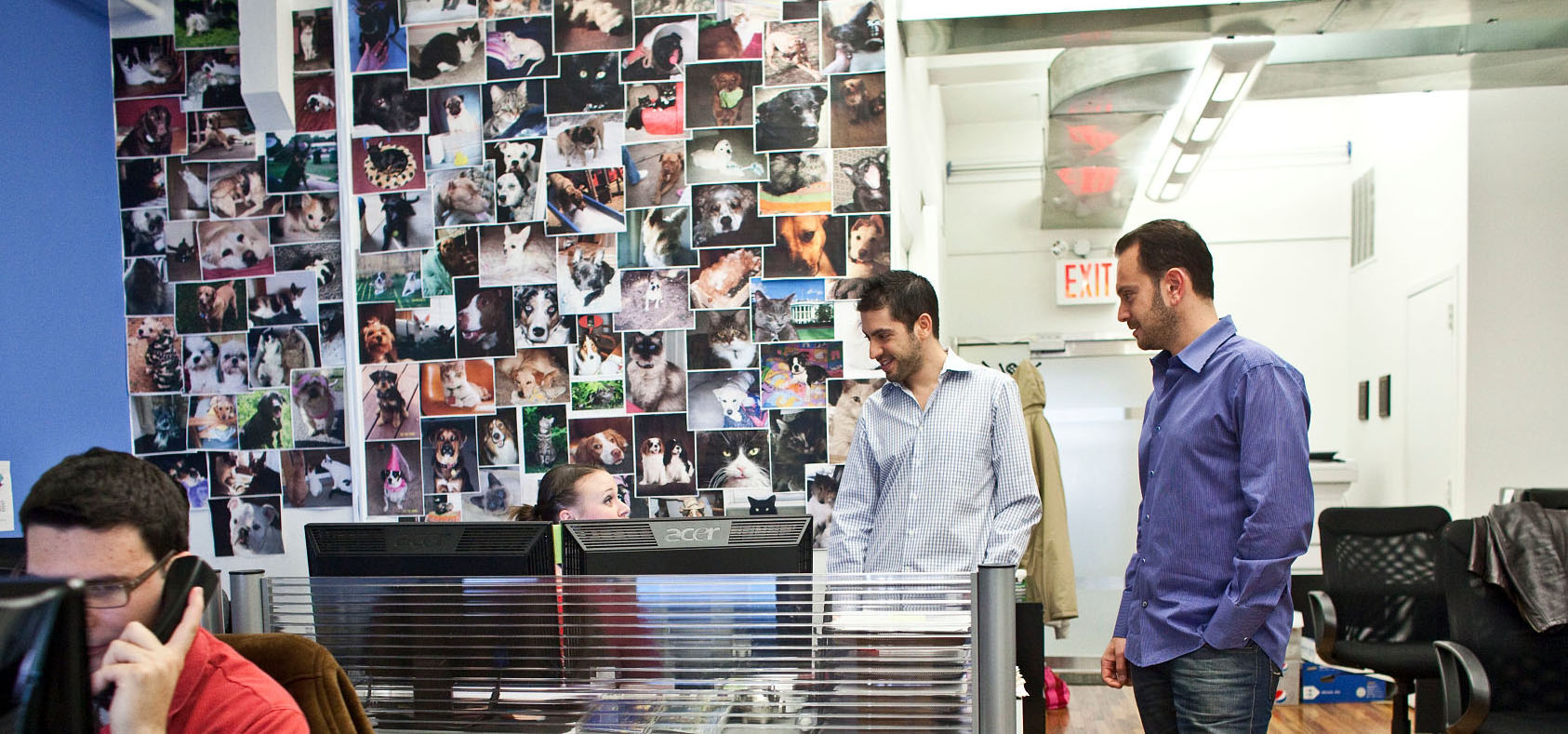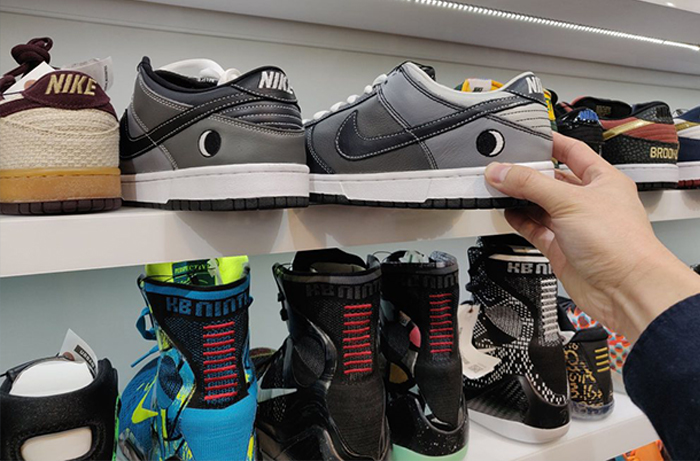Contents:

How Coffee Meets Bagel Disrupted the $3B Dating App Industry | Trends
Just the thought of online dating elicits a collective groan among anyone who’s done it. And that’s precisely why Dawoon Kang and her two sisters founded Coffee Meets Bagel: They wanted to improve one of the most anxiety-filled stages of people’s lives with technology that makes them forget the pain points.
Thanks to an intelligent algorithm that makes cupid jealous, the social networking site serves as a shortcut to meaningful conversations for all the ready-to-settle-downers.
Kang’s story is an inspiration to female and minority entrepreneurs. Among her career highlights:
- She and her sisters, Arum and Soo, started the app in 2012, using in-depth profiles and funky icebreakers to transform online dating.
- The sisters famously turned down a $30m buyout on Shark Tank in 2015. Their annual revenue now exceeds that amount.

Weddings Go Micro | Trends by The Hustle
Your future summers may include far fewer wedding invites, and it won’t be because you’re less popular. The wedding industry, long overdue for disruption, is trending smaller and more affordable as millennials rethink costs and strict traditions that were once considered mandatory.
Several companies are meeting these demands by trying to simplify almost every aspect of a wedding, from invitations to guest lists to gift registries to flowers — and even the idea of a wedding itself. In the last several years, a new celebration that’s grander than an elopement but smaller than a full-scale wedding has grown increasingly popular: the microwedding.
“It is a trend we are seeing,” says Esther Lee, a senior editor at the powerhouse wedding website The Knot. “Couples are curating and personalizing the experience on the wedding day. Certain people are choosing to have more intimate weddings because it speaks to them and their personalities.”

RVs are out, #vanlife is in | Trends by The Hustle
There was a time when I nearly succumbed to the siren song of #vanlife. My wife was working as a travel nurse—I tagged along as a writer/entrepreneur—which meant that, for two years, we moved to a new city every three months. I thought about purchasing an RV on numerous occasions. It would’ve made a ton of sense over short-term apartment rentals, but I couldn’t bring myself to put down the cash—or take showers under a bag with a hole poked in it.
Nevertheless, during my research of the RV industry, I couldn’t help but notice a trend: We’re smack dab in the middle of a one-hundred billion dollar industry undergoing a transformation.
According to a 2019 study by the RV Industry Association, the RV industry has an economic impact of $114B—that’s 2.2% of the entire US GDP. Nearly 25 million Americans—equal to the entire population of Australia—travel the open roads in an RV every year.

Ep 3: Making Millions off an Email Newsletter?! Sam Parr from The Hustle Tells All | Trends by The Hustle
Sam Parr: A big CEO of a huge media company that you know of told me this business will never make more than $2 million dollars a year. And it wasn’t until like six months ago where I was like, “Man, there’s like a path to make literally $100 million a year in revenue.”
Sam Parr: (Singing)
Sam Parr: Yeah this is cool.

How Away Travel Got Their First Few Customers | Trends by The Hustle
This year Away, a suitcase startup, raised $100m in new funding at a staggering $1.4 billion valuation. The company has raised a total of $181m and is rumored to have over $125m in revenue. The stats alone are quite amazing.
But what makes Away particularly special is that the company was founded in 2015 and is only 4 years old.
At one of our events, when Away was only two years old with $20m in revenue and 60 employees, I interviewed founder Jen Rubio and asked about their first few months of business and how they generated so many sales as quickly as they did.

The King of Content Marketing | Trends by The Hustle
Joe Speiser started his first business when he was still in middle school. The New York-based entrepreneur has had his hands in many industries, from DVD review sites to an ad network that brought in $200m in annual revenue. And that was just in his 20s.
Over the past two decades, he has become one of the country’s most successful content marketers. Among his hits:
- He started an e-commerce brand called PetFlow, selling pet food on a recurring basis. A pet blog he created helped bolster the business. The company quickly scaled to $65m in revenue.
- He spun off the pet blog into its own business, called LittleThings. Within months, LittleThings became one of the most popular sites on the web, growing to $5m in monthly revenue.
But like any content marketer, Speiser has had to contend with the fickle Facebook algorithm. Last year, a change in Facebook’s algorithm caused LittleThing’s business to dry up, forcing Speiser to branch out into new industries.

Stories Told Through Texts Helped This App Win 100m+ Teens | Trends
Young people crave stimulus — and the modern world obliges. Mobile phones and the internet provide constant streams of them: bright banner ads, colorful games, bingeable TV shows, infinitely scrolling content feeds. A text message buzzes and dopamine receptors in the brain respond with a quick biological fix.
According to a Nielsen analysis of the communication habits of people aged 22-37, younger brains have high multi-sensory processing capacity which leads them to seek out multi-sensory communications, especially ones that involve interaction. Touching, tapping, scrolling, and liking are the language of stimulating mobile interaction.
For years, reading on smartphones was largely devoid of the stimulating interactions we find elsewhere on our devices. But that’s changing, thanks to chat fiction and interactive story games — two fast-growing media formats introduced in the last 3 years.

Cashing in on Canvas: The Sneaker Resale Market | Trends by The Hustle
First, you need a bot. They go by names like Easycop, SoleSlayer, and RSVP Kingz, and their automated software promises to help you snag the latest/greatest sneakers a few crucial seconds faster than mere humans. Sure, bots aren’t cheap — nor, by the way, are they smiled upon by Nike and Adidas — but what’s a few hundred bucks to a budding sneaker entrepreneur?
The secondary market for limited-release sneakers has blown up in the last few years. Gone are the days when Jordans reigned unchallenged. Now sneakers you’ve probably never heard of (Air Foamposite One Tianjins, anyone?) sell for more than a package trip to the Caymans. An entire industry has sprung up to service the obsession, with apps like GOAT, Stadium Goods, and StockX, the latter of which allows you to chart price fluctuations and pretend your shoe rack is a hedge fund.

Ep 2: Blogging His Way To $9M in Cash - Ramon Van Meer | Trends by The Hustle
Shaan Puri: At this point it’s a money printer.
Ramon Van Meer: I was very lucky that at in content you would with very small team, very low overhead.
Shaan Puri: We’re talking monthly, you’re pulling in?

The $33B market staring you in the face | Trends by The Hustle
A decade ago, billboards were relics of the past, reserved for Cracker Barrels and gas station exits. Today, they’re one of the fastest-growing ad commodities on the market.
As other traditional media (broadcast television, radio, magazines, newspapers) flounder, billboards have adapted to the times by embracing, and integrating, the very technologies that threatened to make them irrelevant.
How has one of the world’s oldest advertising mediums survived the onslaught of a digital revolution? And how can entrepreneurs take advantage of the growth?QUICK FACTS
- Billboards are a $29B market, and are expected to grow to a $33B market (a 12% increase) by 2021.
- Billboards are cheaper (on a CPM level) than online alternatives.
- Entrepreneurs see opportunities to create new forms of digital outdoor ads and streamline the process of buying billboard space.
